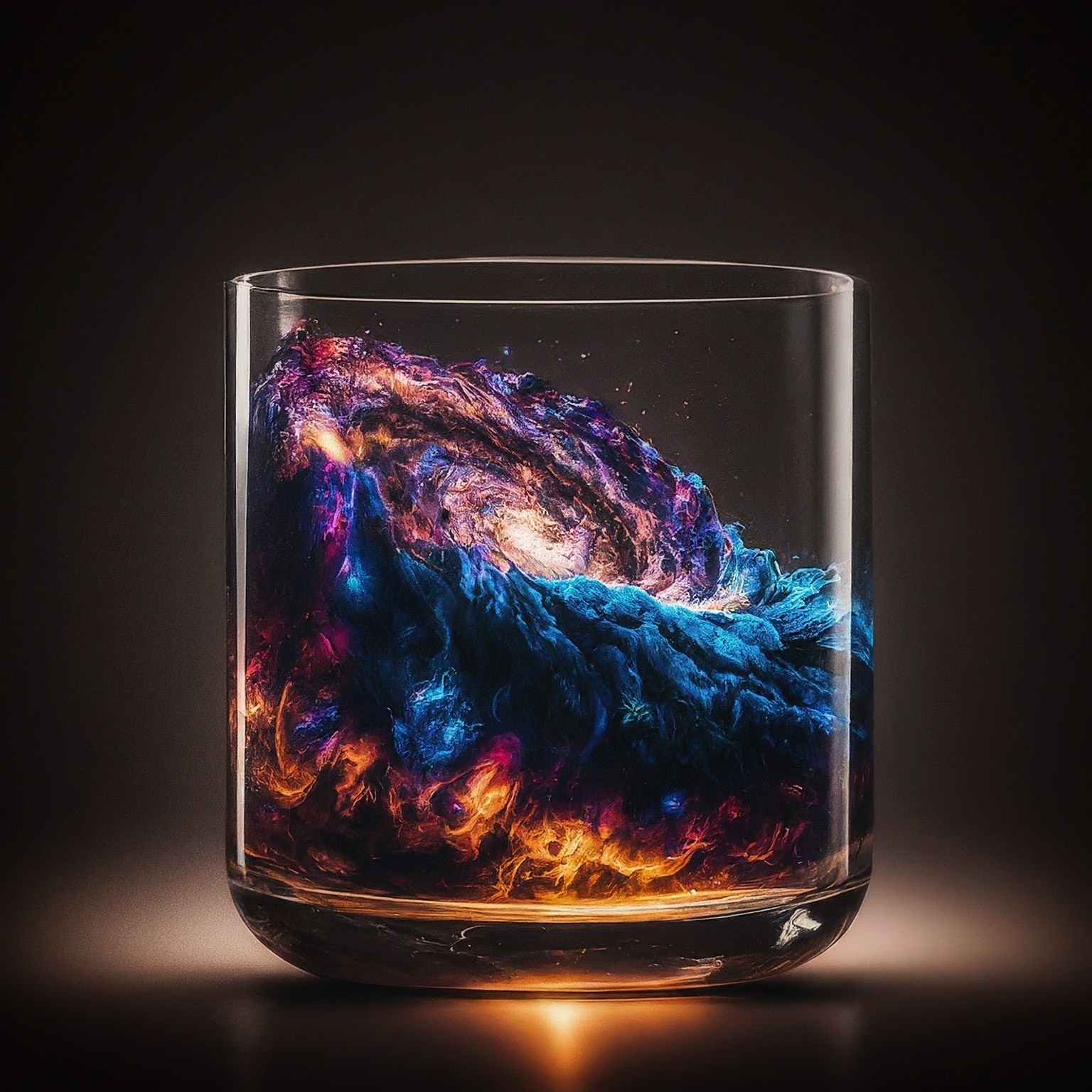Let go and let entropy. 🌌
- 1 Post
- 76 Comments

 25·1 month ago
25·1 month agodeleted by creator

 12·1 month ago
12·1 month agoPerhaps not an actual reclassification since, until now, all two letter TLDs have been exclusively for countries. But for the right price, I imagine convincing them to maintain the two character TLD… for “posterity” … and… “backwards compatibility”…
coughs, clears throat, and pushes 💰 across the table
…would make sense.
😏

 14·1 month ago
14·1 month agoCorporations with loads of money will ensure that this domain will simply get reclassified.

 72·1 month ago
72·1 month agotldr?

 26·2 months ago
26·2 months agoThe Guardian article nailed it, thanks!
It doesn’t cite exactly where they got the Greenpeace photo from, but I found it here: https://media.greenpeace.org/archive/Climate-Impact-Documentation-in-Norway--Svalbard-27MZIF4WNED.html
Climate Impact Documentation in Norway, Svalbard Greenpeace documentation showing that glacier “Blomstrandbreen” has retreated nearly 2 km since 1928, with an accelerated rate of 35 metres lost per year since 1960 and even higher in the past decade. In the image, view of climate campaigner Truls Gulowsen on a speed boat going to a mine in Longyearbyen.
Unique identifier: GP0STSCL6 Shoot date: 03/08/2002 Locations: Norway, Scandinavia, Svalbard Credit line: © Greenpeace / Christian Åslund
A bit more from the Guardian article:
Greenpeace activists visited the glacier last weekend on the Rainbow Warrior taking pictures from the same locations to highlight the effects of global warming, which the group says is a threat to the future of the planet.
The Blomstrandbreen glacier has retreated by one and a quarter miles since 1928, according to Greenpeace. It was shrinking by 115ft a year in the 1960s, a rate which has risen.
Recent studies carried out by US researchers and reported in Science last month said that 85% of the glaciers they examined had lost vast portions of their mass in the last 40 years.
Keith Echelmayer of the University of Alaska at Fairbanks, who has carried out research into Alaska’s ice streams and checked glacier thickness, said: “Most glaciers have thinned several hundred feet at low elevation in the last 40 years and about 60 feet at higher elevations.”

 48·2 months ago
48·2 months agoA reverse image search revealed to me that there are a hell of a lot of copies of this image around the internet, but I can’t seem to find any papers that provide background. I’m going to have to look again later, but if there’s any other internet sleuths out there interested in figuring out the origins of these photos with reputable explainers, I would love to know more about this.
I’m always afraid of things like this that seem to confirm my biases without associated information to back it…

 21·2 months ago
21·2 months agoIt was honestly interesting reading up on these creatures. It’s an absolute shame they are lost to us. Turns out there were penguins in the north after all!

 22·3 months ago
22·3 months agoMay it be so.
We always called them sand fleas within our family. Never really knew what their real name was and hadn’t realized others called them sand fleas as well. We often used them as bait for fishing.

 12·4 months ago
12·4 months agoIt’s terrible how companies like this can do anything they want with impunity.
This tool seemed so beneficial.

 2·4 months ago
2·4 months agoGiving it a go now. Thanks!

 5·4 months ago
5·4 months agoCurious, how does one summarize a video like this? I imagine I could make use of this quite a bit.

 5·5 months ago
5·5 months agoI was wondering the same.
And… if these ferns are superior to us in some way. 🤣

 8·5 months ago
8·5 months agoI was really hoping this article would say more about what this means, but this is all we get…
Intriguingly, bigger isn’t always better when it comes to genomes, the team says. Large-genomed plants tend to have slower growth, require more nutrients and perform photosynthesis less efficiently. As such, it’s thought that T. oblanceolata is bumping up against the upper limits for genome size.

 31·5 months ago
31·5 months agoIf this article is even moderately accurate, then this is hard to digest. I didn’t realize that Russian electronic warfare was so advanced and capable. It seems to be having a significant impact on Ukraine’s efforts and bodes very poorly for them. The article didn’t address how they can counter Russian EW capabilities, if at all. 😖



Incredible! 😁